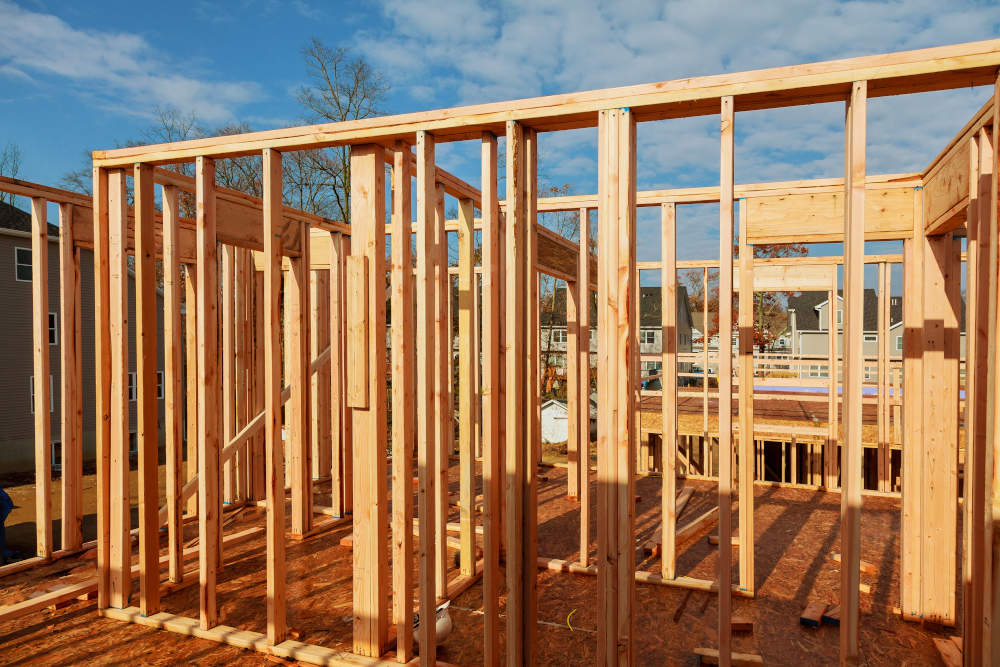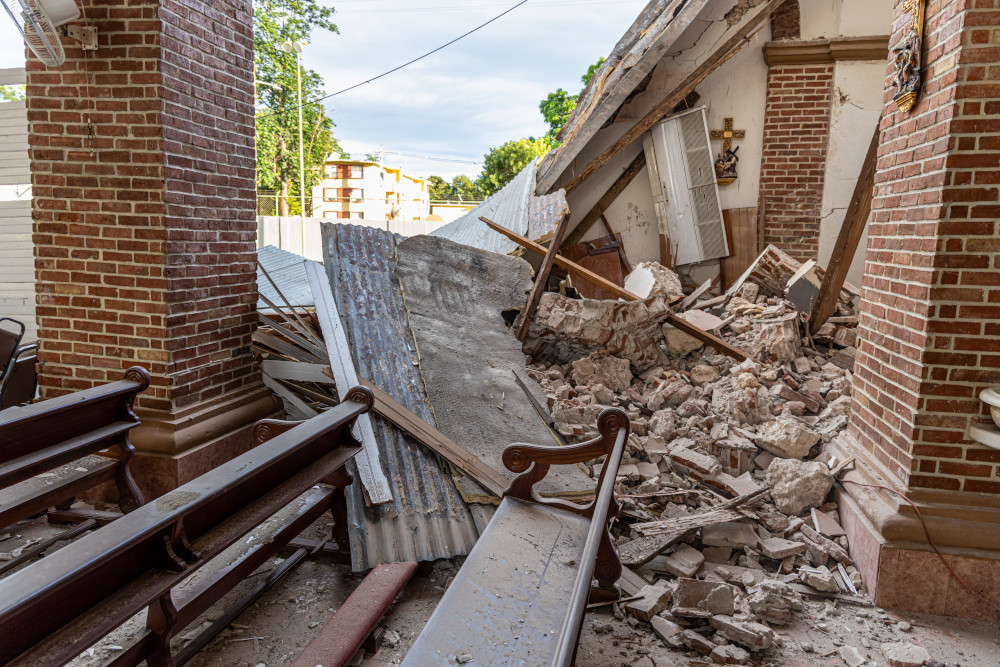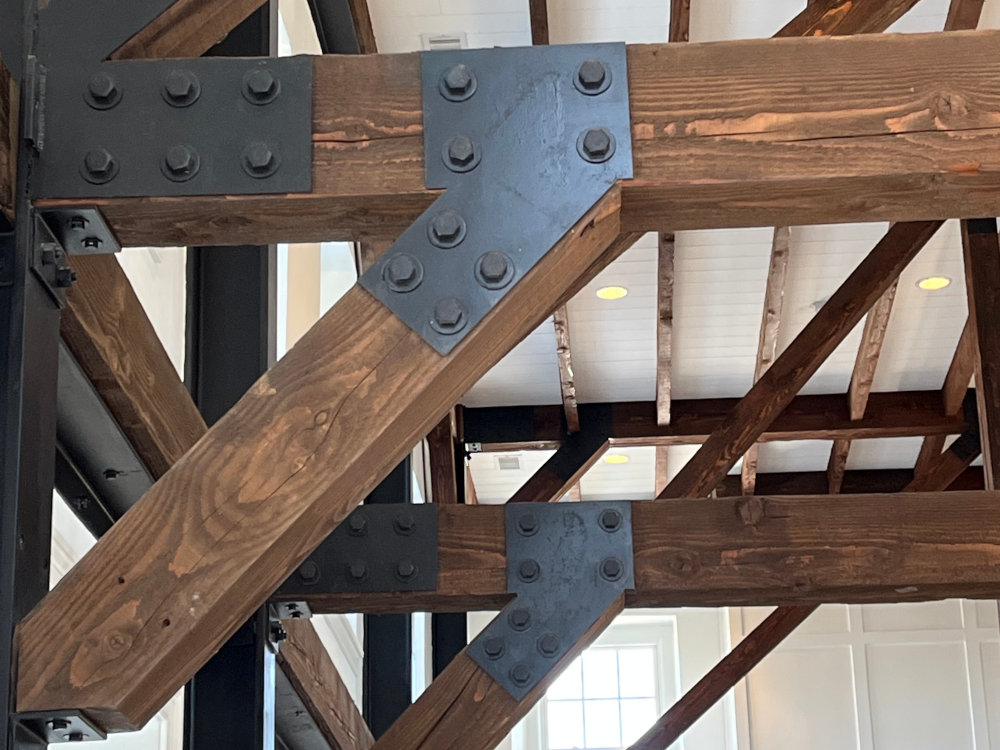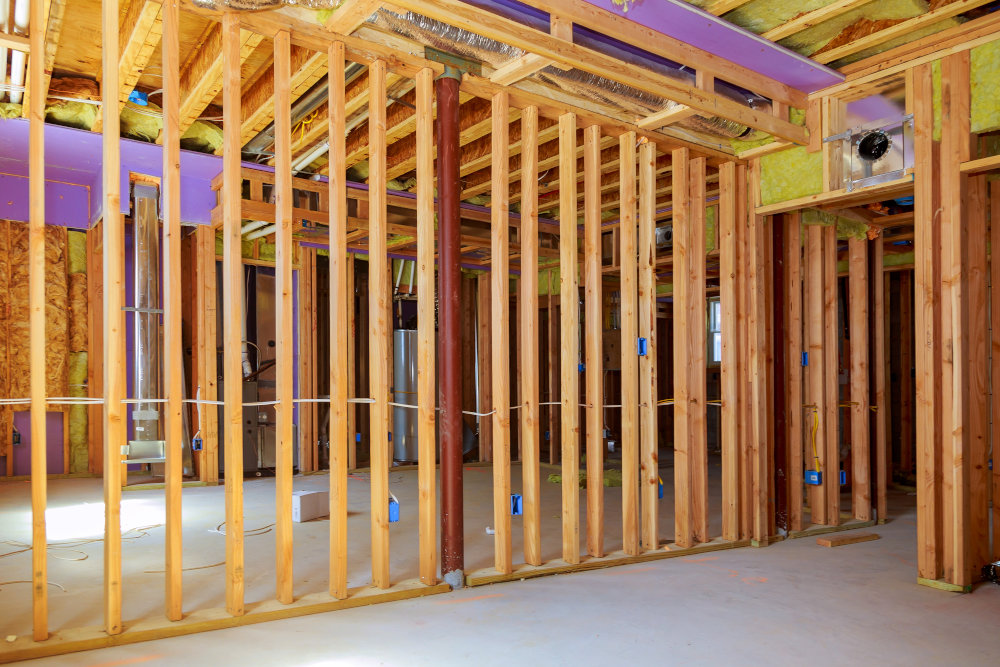If you want to build a new building, you may ask: What should I use as the building material? What are my options?
The three commonly used structural materials are wood, steel, and concrete. Each has its benefits and limitations, making each best for different cases, with a combination usually used in your project.
Wood
Wood is the prevalent building material in the US. It’s cheap, renewable, highly ductile, and easy to handle in the field. As a natural material, it varies widely and has different strengths in different orientations (i.e. anisotropic). Depending on the orientation, it responds to gravity and lateral loading differently.
Material costs vary with location, availability, and contacts, but general wood is the cheapest and most readily available material. It is very standardized throughout the country and being lightweight, it is easy to transport to remote, hard-to-reach sites. Generally, when ordered, it doesn’t have to ship far.
Highly ductile materials provide warning signs before failure such as extreme deflections and cracking. These give people time to get out of the building or get it repaired to prevent catastrophic failure. Ductility also allows for more movement of the building during an earthquake so that more energy is spent on movement rather than transferred into a force on the building, making them more earthquake-resistant.
With no special tools required, it is ideal for renovations when exact dimensions may not be known, or you may not be able to bring it in via crane. It is also helpful in buildings where the foundation is not poured precisely and small adjustments are made.
Usage is seen in buildings like single-family residential, smaller commercial buildings, barns, restaurants, or podium buildings based on the type of lumber used.
Steel
Steel is the second most used building material in the US. It is equally strong in all directions (i.e. isotropic), highly ductile, readily available, and ubiquitous to all building types.
Given its strength, steel can handle gravity and lateral loads much better than wood. From an engineering and architectural perspective, we can create larger windows or less obstructed views. It can also be used in residential and small commercial projects to create open floor plans.
As with wood, steel is also a highly ductile material, meaning it gives warnings similar to wood before failure. With proper connections it can also disperse a fair amount of the seismic energy, reducing the loads on structures during seismic events.
Steel is also very common and used in most building types.
While stronger than wood, it often requires a crane to be placed and makes it challenging for use in remote locations and renovations. Smaller steel beam sizes can be handled without a crane, but the majority require a crane or lift.
It also requires specialized tools to cut, and if there are welded connections cannot be as readily adjusted in the field. Within limits, we can design for field adjustability, such as using bolts for most of the connections.
Costliness is also a major factor since this is a non-renewable resource.
Concrete Framing
Concrete is commonly used for foundations and framing with key benefits including:
- Strong compression strength
- Ease of field adjustment
- Durability
- Ubiquity in all building types
Concrete is the strongest material in compression, making it a great option for footings and columns. With the addition of steel reinforcement, it has excellent strength in bending as well. Unreinforced concrete is a rarity in modern design.
Since concrete is formed and poured on-site, field adjustment is simple. Pre-mixed concrete isn’t always used for design in remote sites due to the short shelf-life once mixing has begun and the difficulty of concrete trucks accessing the site (i.e. Construction roads are very rough and tumble to travel on).
Concrete is the most durable material when exposed to the elements, which is why it is often used for foundation, and on the exterior of buildings.
Like steel, concrete can be used in all building types.
While strong in compression, it is only strong in compression. This is why concrete is paired with steel reinforcement. When combined into composite beams, we drastically increase the overall capacity of a beam by allowing for more compressive capacity.
Unfortunately, concrete is not ductile and provides little warning signs, which can increase the chances of catastrophic failure. We address this by reducing the strength of the material to create conservative designs that should not fail. This also limits the use in seismic design as it does not disperse energy well.
The production of concrete is the top producer of greenhouse gases in the construction industry. Ongoing research is currently addressing these issues.
Materials shown here are selected based on their material properties, ease of use & transportation, the architectural perspectives of the building, and costs to use in design. Wood, steel, and concrete are three materials we regularly use in design with wood typically used in low and medium-end design projects like residential design meanwhile steel is seen in higher-end projects due to design requirements. Concrete is used throughout in a sparing fashion depending on the needs of the design.









